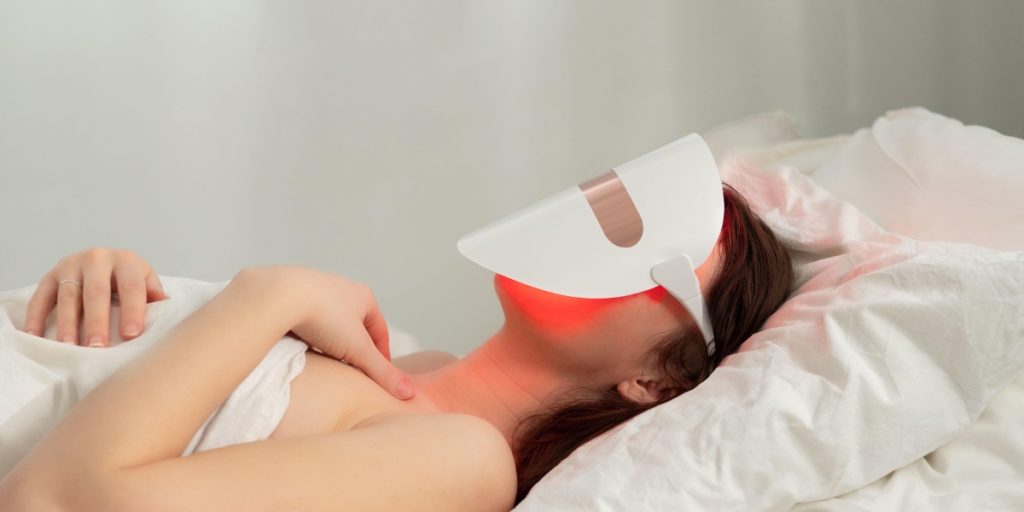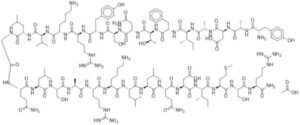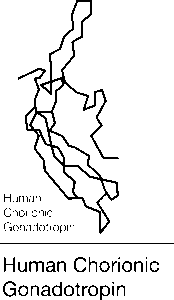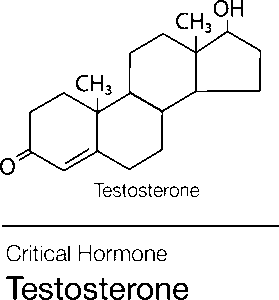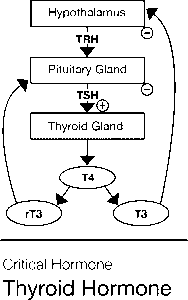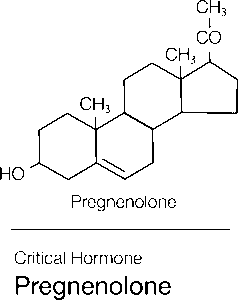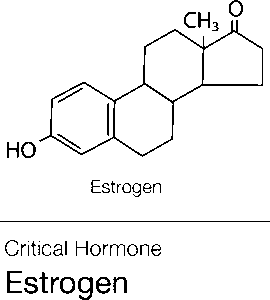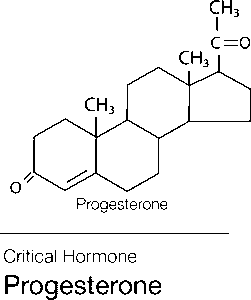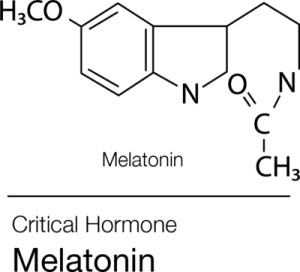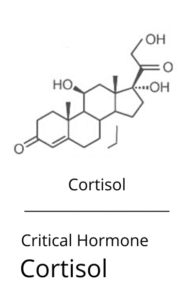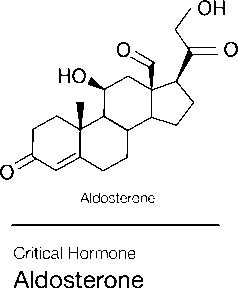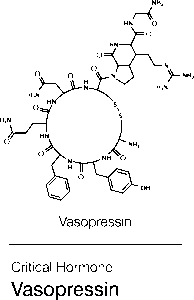Hormone therapy costs are related to the types of pills or patches used, the frequency of using them, and whether your insurance provides any coverage. Bioidentical hormones may also be regarded, which are usually more expensive. With all those different options, it can be hard to keep prices straight. So knowing about the different expenses may be helpful before you come in for your first appointment. Planning is much easier and helps avoid any surprise bills.
Factors Influencing the Cost of HRT
Type of Hormones Used
Bioidentical ones are often seen as more natural, but they also tend to come with a higher price tag. It all depends on what your doctor recommends and what works best for your body.
How the Treatment is Given
No matter if you’re using pills, patches, creams, or hormone injections. Each method comes with its own price. Some options are cheaper but need more frequent use. But others last longer but cost more upfront. Picking the right one often comes down to comfort and budget.
Dose and Duration
Everyone’s hormone levels are different, so your dose might be higher or lower than someone else’s. More hormones usually mean higher costs. And since HRT is often used over a long period, monthly costs can add up if the treatment isn’t adjusted.
Where You Live
Location really matters. In big cities or private clinics, prices are often higher. This is different from smaller towns or public health centers. Even pharmacies in different areas can charge differently for the same medicine.
Doctor and Clinic Fees
The experience of your doctor and the type of clinic you visit can affect your total cost. Some clinics have full-service plans. These plans cover checkups. Other clinics charge for each visit separately.
Doctor and Clinic Fees
The experience of your doctor and the type of clinic you visit can affect your total cost. Some clinics have full-service plans. These plans cover checkups. Other clinics charge for each visit separately.
Lab Tests and Monitoring
Doctors often do regular blood tests. They check your hormone levels to keep things safe and effective. These tests are very important. But, they can increase costs, especially if you need them often during your treatment.
What are the different types of BHRT?
Pills (Oral BHRT)
These are taken by mouth, just like any regular tablet. They’re simple to use and often a starting point for many people. But they pass through your digestive system. This can change how your body absorbs hormones.
Creams and Gels
There are applied onto the skin, generally on the arms or thighs. They’re nice and easy to use: an application will be absorbed slowly by the skin. Some people prefer it, as this way, the hormone skips the digestive route.
Patches
Transdermal patches for a hormone replacement therapy will stick to your skin and will slowly release hormones into your body for some time. They are kind of maintenance-free and should be changed only every few days. Great to keep your hormone levels more even all day long.
Pellets
Tiny hormone pellets go just under the skin in a quick office procedure. They release a steady dose over a few months, so you don’t have to think about daily treatments. They can be more expensive upfront but super convenient.
Injections
The injections are given every few weeks, and higher doses of hormones are administered directly into the body. For some people who would rather have fewer treatments, injections are an option, but others find this method a bit off-putting due to the needles.
Vaginal Suppositories and Creams
Suppositories and creams are usually used in localized treatment for specific symptoms such as dryness and discomfort of the vaginal area. In general, these are drugs that act locally and are mostly spent by women in the menopausal transition.
Understanding Costs Based on HRT Delivery Options
Pills
Pills are usually one of the most affordable ways to get hormone replacement therapy. They’re easy to take and widely available. Which helps keep prices lower. But since you have to take them daily, the monthly cost can still add up over time.
Patches
Hormone patches cost more than pills, but they are really convenient. Just stick one on and forget about it for days. Some people prefer them because they offer steady hormone levels. The cost depends on the brand and how often you need a new one.
Creams and Gels
They are applied to the skin and absorbed by the body. This makes them an excellent option for those who hate swallowing pills. These have a reputation for being slightly pricier than pills, and they require daily application. Costs also depend on whatever dosage your doctor has prescribed.
Injections
Injections are powerful and long-lasting, but they usually cost more per dose. You may only need them every few weeks, which is a plus. You might also have to pay extra if your doctor administers them in the clinic.
Pellets
These tiny implants go under your skin and release hormones slowly over a few months. The upfront cost is higher because of the procedure, but they last longer than most other options. Some people like them for the low-maintenance benefit.
Vaginal Rings or Creams
For those who want more immediate relief, vaginals rings or creams are useful for treating local symptomatologies like dryness. They’re not usually expensive, with treatment costs and regular replacements being an ongoing expense.
Bioidentical Hormone Replacement Therapy (BHRT) Costs
Most people will find bioidentical hormone replacement therapy (BHRT) a natural option. Since it uses hormones that are similar to what your body makes, it is extra care and customization that comes at a price. In general, bioidentical hormones cost from $80 to $200, depending on dosage, pharmacy, and how the treatment is made. Because they are usually compounded in special laboratories, not all of them are covered by insurance.
All of the above knowledge makes bio identical hormone replacement therapy cost the first information you should check before commencing therapy. Speaking with a provider would help decide what works best for health needs and budget.
Paying for HRT Insurance or Out of Pocket?
Check What’s Covered First
Most insurance will not cover all hormone replacement therapies included in the catalog of benefits. While those that do may only carry some specific ones instead. It is a nice move to call the insurer and inquire about what they would be charged for the insured for such an occasion.
Understanding Out-of-Pocket Expenses
In case of failure of a comprehensive insurance plan to compensate most of the HRT expenses, the uninsured part of the cost shall be self-financed.
Out-of-pocket expenses may arise from medications prescribed, doctor visitation fees, lab tests, and follow-ups to be undertaken.
Plans That Help Lower Your Costs
Some clinics sell packages. These include consultations, tests, and medications for one price. While not all plans are insured, they can reduce your overall out of pocket cost and make budgeting a bit easier.
Ask About Generic Options
Generic hormone treatments are often cheaper and more likely to be covered. Going generic can save you money, even if you pay out of pocket. You won’t lose quality or results.
Flexible Spending Accounts Can Help
If you have an HSA or FSA, you might be able to use it for your HRT costs. These accounts help you manage insured and out-of-pocket costs. They are especially useful if you plan your treatments in advance.
What Extra Expenses Come with HRT?
Initial Doctor Consultations
The commencement of hormone replacement therapy usually requires an initial thorough check-up and health assessment. Such first visits usually get on the higher end of the price range, particularly with a specialist. Not every insurance will even fully cover it, so it doesn’t hurt to ask beforehand.
Regular Blood Tests
For the sake of keeping hormone levels in check, the doctor might advise blood work every few months. However, these tests are extremely crucial in the treatment process and, if not covered, could prove to be costly. Think of them as routine maintenance to keep your HRT running smoothly.
Follow-Up Appointments
HRT is not going to be just a one-do-it-and-done appointment; you will be coming back in to have a conversation about either some dosage adjustments or about how you are feeling. These follow-ups, being a small part of your schedule, may stack up over time into significant medical bills.
Custom Compounding Fees
If you’re using bioidentical hormones made just for you, the pharmacy may charge extra for the custom mix. These compounding costs aren’t usually included in the base price and are rarely covered by insurance.
Vitamins or Supplements
Some providers suggest adding vitamins or natural supplements to support your HRT. While not required, they can improve how you feel—but they also come with their own monthly price tag.
Lifestyle or Wellness Programs
Some facilities provide wellness add-ons like diet plans, stress relief coaching, or exercise programs alongside HRT. While some may find these extras beneficial, they are typically optional and not factored into regular HRT pricing.
Saving on HRT What You Can Do
Ask About Generic Options
Always check if a generic version of your hormone treatment is available. Generics work just like brand names but often cost way less. It’s a small switch that can make a big difference in your monthly bill.
Compare Pharmacy Prices
Since the prices of medications vary depending on locality, even if they refer to the same drug. For instance, consulting with phone pharmacies or doing online research would help to know the place closest to the cheapest options before making a purchase.
Use Discount Programs or Coupons
Websites like GoodRx and pharmacy discount cards can cut your costs, even without insurance. Some hormone brands also offer savings programs. It’s worth checking—sometimes the savings are surprisingly good.
Bundle Services at Clinics
Some clinics for hormone therapy offer packages that include labs, doctor visits, and medications. While bundling seems expensive at first, it could actually save you a good deal of money in the end. This is especially true if follow-up care is needed regularly.
Check Your Insurance Plan Closely
Even if you’re not sure HRT is covered, it doesn’t hurt to ask. Some plans only cover certain forms like patches or pills. Understanding your benefits could turn a high out-of-pocket cost into something more manageable.
Adjust Dosage with Your Doctor
If your hormone levels are stable, talk to your doctor about possibly lowering your dose. A smaller dose may still work well and reduce costs. But don’t make changes on your own—always get medical advice first.
Conclusion
Price for hormone replacement therapy can be pretty confusing. At the same time, it really serves well to have a simple understanding of it from the very beginning. You can guess how far prices fluctuate between types of treatments and to whether or not your insurance pays for it. The very good news?
Cuts can be made in the expenses and actually have the treatment you need. No matter if you select traditional HRT or bioidentical options, it is very important that you discover what suits your health, lifestyle, and budget. Talk to your doctor, inquire, and consider every option before jumping in. The more you know, the easier it gets to make the right call for you.
Experience personalized care and advanced hormone therapy at MD Longevity. Call now to schedule your consultation: 888-545-3047 or 888-545-9147.

